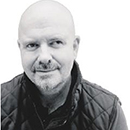The virus news is not getting better sadly, and it’s looking more and more likely that some kind of uniform national lockdown will be imposed again to save Christmas. When the national lockdown due to the coronavirus pandemic was announced by Boris Johnson on 23 March, photographer Jan Enkelmann (below) was out cycling in central London. ‘I was working from home and just needed to get out for some exercise,’ he says. ‘On that night I was just randomly cycling somewhere in Westminster and my wife sent me a message saying, “Come back, you shouldn’t be out there.” ‘In London it’s always busy, wherever you go and at whatever time, but on that evening the streets were already deserted. It was an amazing sight. I found it fascinating.’
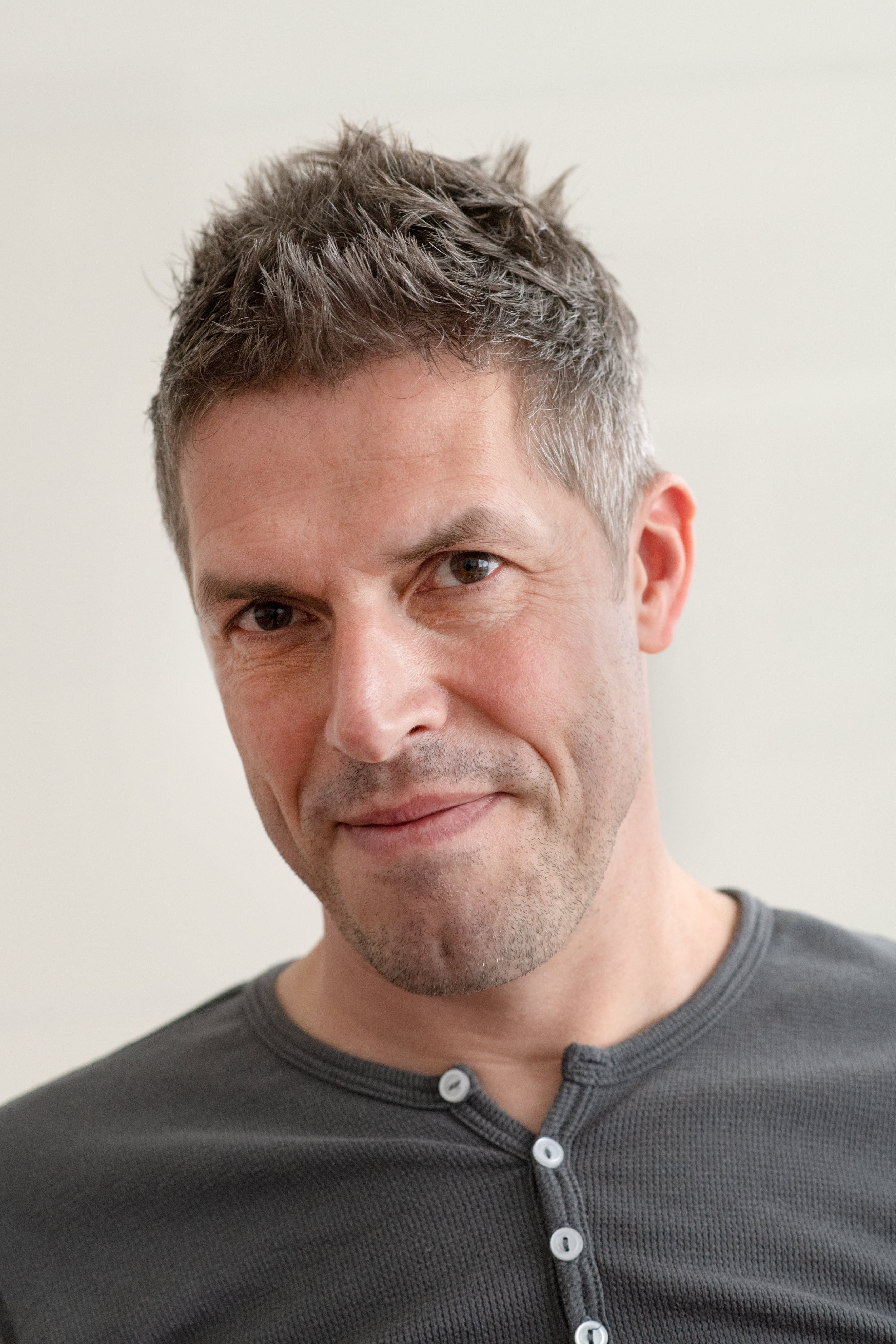
For Jan, this was the beginning of a successful photo project in which he explored the empty streets of the capital during this unique period. He has successfully funded a book, Pause. London in Lockdown, via Kickstarter and sold more prints of these images than for any of his other projects. Jan, who was born in Germany but has lived in London for 20 years, shoots travel, street and documentary images when not working as a graphic designer. His recent projects have included To the Races, which focused on dressed-up people on their way to major horse race events such as Royal Ascot, and Serious Conviction: The People and Passion of Speaker’s Corner (featured in AP’s 25 February 2017 issue). ‘Although my projects are all different, what links them is that they are usually about people in public spaces,’ he says. ‘
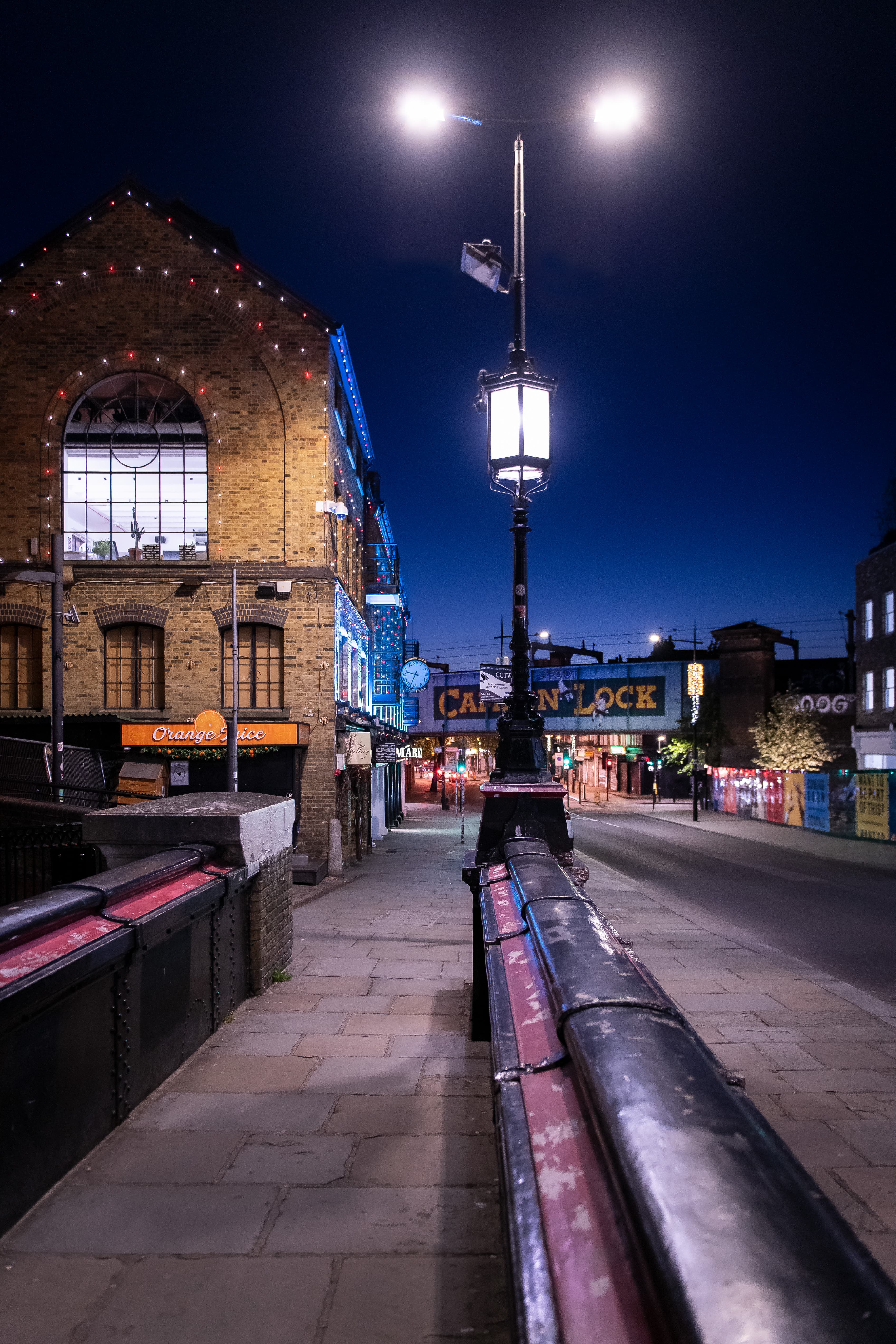
Camden Lock, taken Saturday, 2 May 2020
They tend to develop over time, and I don’t plan them before I begin. I start photographing something, then a body of work gradually crystallises over weeks or months, during which time I narrow it down to capturing a certain angle on a particular subject.’ The project that indirectly led to his London lockdown work was ‘Smoking Chefs’ – a series on chefs in London’s Chinatown relaxing with a cigarette during a quiet break. As it was shot in central London during the evening, it became a natural and convenient choice for Jan to go out and shoot the locked-down city after dusk.
Exploring the deserted city
Jan began going out with his camera a few days after lockdown was announced. Like Bill Brandt, who photographed night-time London during the ‘blackout’ of World War II, Jan was drawn by the compelling strangeness of the empty capital. He would cycle to an area, curious to see how it now looked, park his bike, explore on foot, then move on. ‘I started in the West End and central London and once I’d done that I thought, now I’ve started this I’ll explore other areas,’ he says. ‘It just developed organically from there, there wasn’t a real plan. Sometimes I just started cycling without really knowing where I would end up.’ Even though there were specific restrictions on leaving one’s home during lockdown, Jan says he was able to move around freely. ‘In the early days, I wasn’t sure whether I was allowed to go out taking photographs,’ he remembers.

Piccadilly Circus, taken Thursday, 2 April 2020
‘You weren’t really supposed to go out for more than an hour or leave your immediate neighbourhood. But I thought the only things I’m touching are my bike and camera; I’m not interacting with others. I probably didn’t follow the official rules, but I would have been comfortable to justify myself if I’d been challenged. ‘Although I met police on a regular basis, because I had a big camera they thought I was working for the press, or had another good reason to be out. Sometimes I chatted with them, but they never questioned what I was doing.’ Although limited to some extent by how far he could cycle from his home near Brixton in south London, Jan could easily travel to central London.
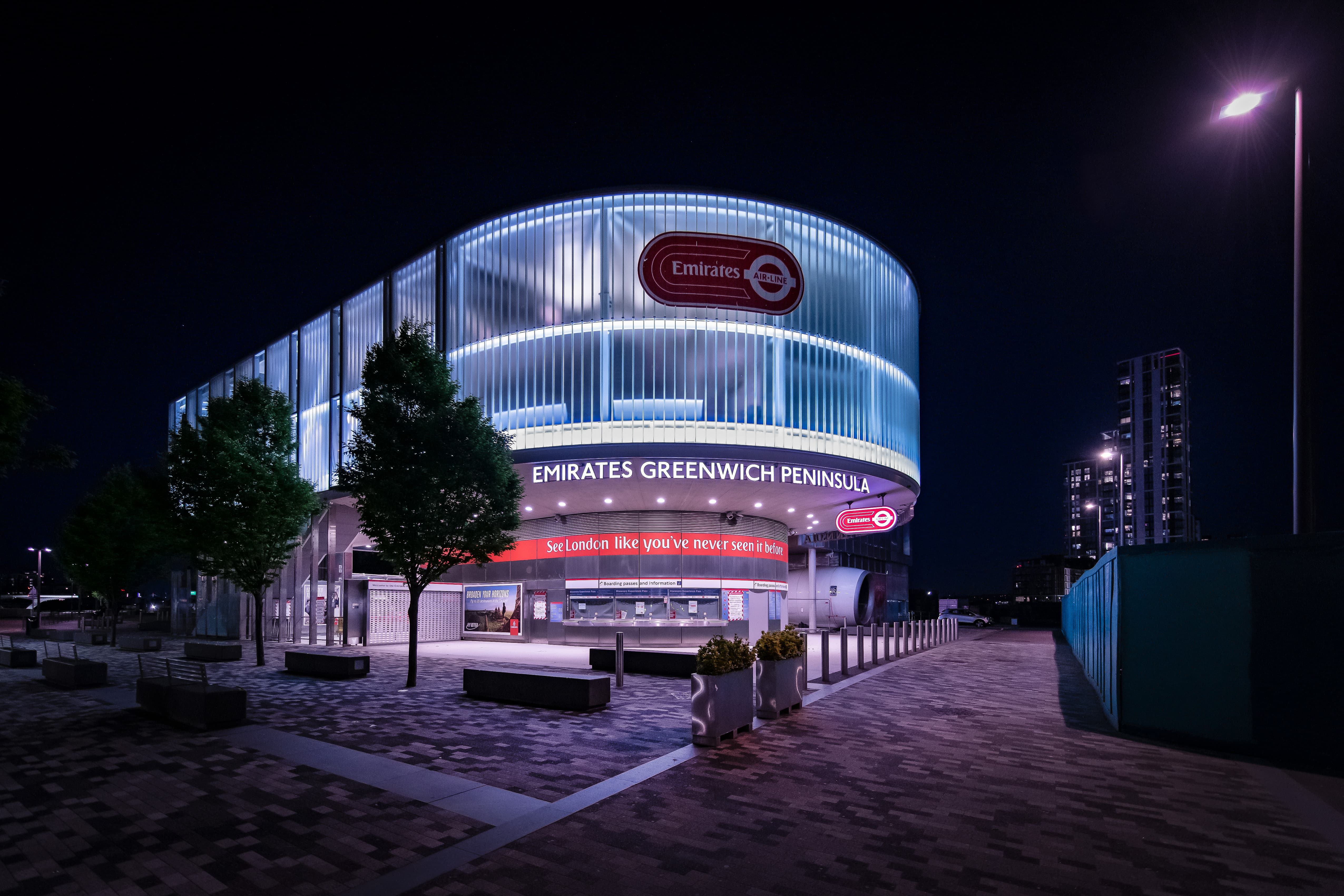
North Greenwich, taken Tuesday, 5 May 2020
He photographed famous locations such as Piccadilly Circus, Covent Garden Market and landmarks including the London Eye and the Millennium Bridge, as well as lesser-known London backstreets. The reduced traffic meant that he was able to also travel to areas such as Camden in north London and to Greenwich in the south much more quickly. The only people he saw, apart from police, were delivery riders, joggers exercising and homeless people. ‘I spoke to a couple of homeless people at Piccadilly Circus and they were desperate for police to pick them up and help them because there was nobody about to give them anything,’ he says. ‘I made a point of deliberately including people in some of the shots. It makes a point if you’ve got a lone jogger in the picture and shows the kind of people who were still out there at that time. It also would have been a bit boring if all the pictures showed empty streets.’

Leicester Square, taken Thursday, 9 April 2020
Although Jan was initially drawn to take pictures because he was fascinated by normally bustling places being empty and quiet, over time it became more about seeing familiar places afresh in other ways. ‘It was more about being able to see beauty in those places you usually just ignore because you’re distracted by people and traffic,’ he says. ‘Walking through Oxford Street, for example, you’d not normally look at the architecture – you’re either focusing on the shops or avoiding bumping into other people. Later, when I looked at the pictures, being able to see familiar places without distraction was what made them interesting.’
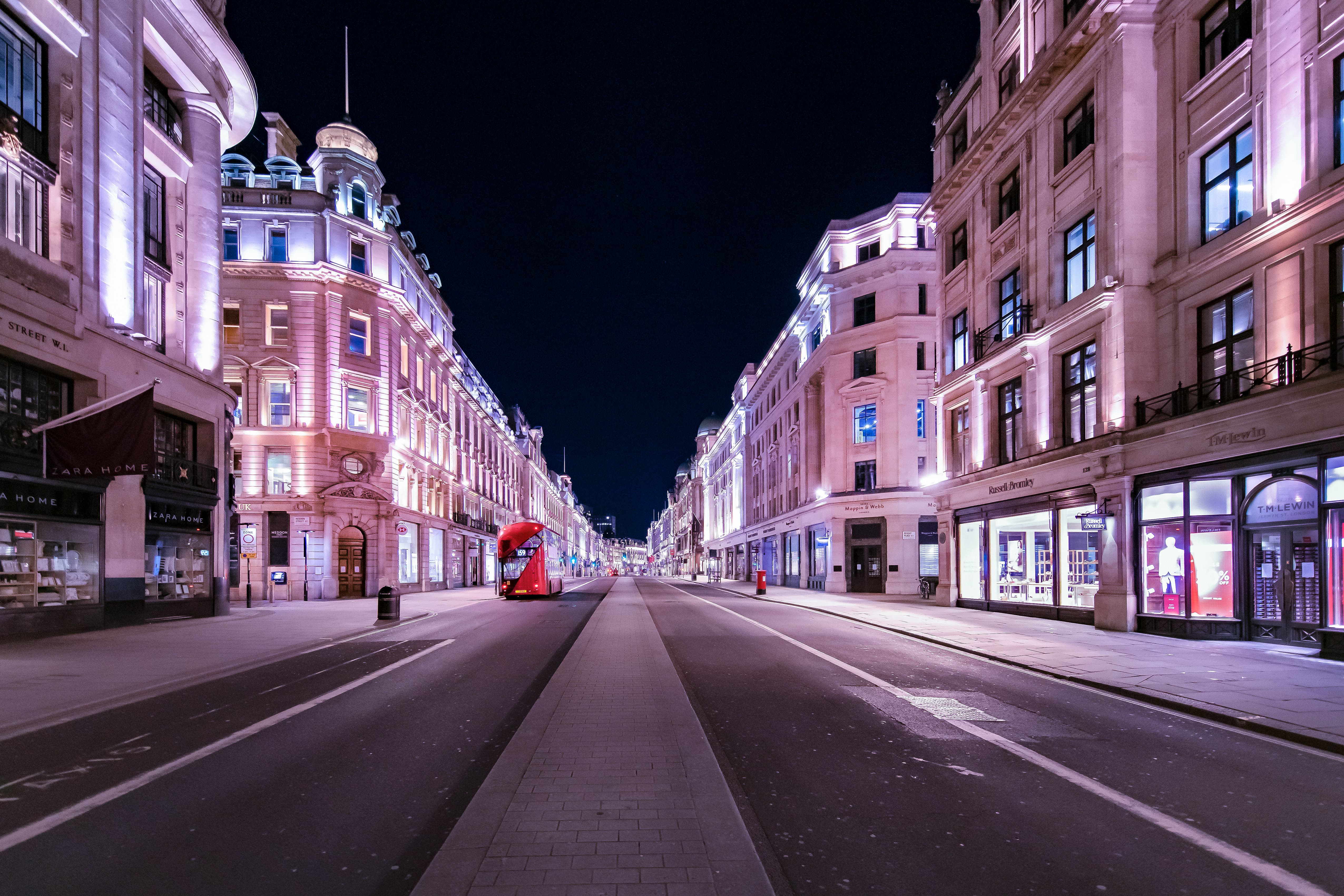
Regent Street, taken Sunday, 5 April 2020
Equipment and technique
The whole project was shot on a Nikon D850 body and Jan usually carried three lenses in his kitbag: a Nikkor 14-24mm f/2.8 G ED, a Nikkor 24-70mm 2.8 E VR, and a Sigma 50mm f/1.4 DG HSM Art lens. More than 90% were shot on the Nikkor lenses; the Sigma was only used in very low light. The images are sharp, even though all were shot at slow shutter speeds with the camera handheld.
‘I shot some images at 1/10sec, without in-body stabilisation, but I have a very steady hand,’ says Jan. ‘Technology has moved on to a point where mostly I can shoot with the camera set to 1600 ISO, and they still look very clean. I needed at least a 1/200sec exposure when shooting moving people, so in that case I set a manual limit of ISO 3200. ‘I’m happy with the quality of the pictures, although in some cases it would have been great to use a tripod, expose for 20 seconds and have much more depth of field. However, that’s not the way I generally work and carrying a tripod wouldn’t have been very practical on the bike. Also, I wanted to be able to move quickly and I wouldn’t have felt comfortable setting up a tripod in that situation. For me, it’s part of the aesthetic of the project that some of the pictures are a bit grainy.’
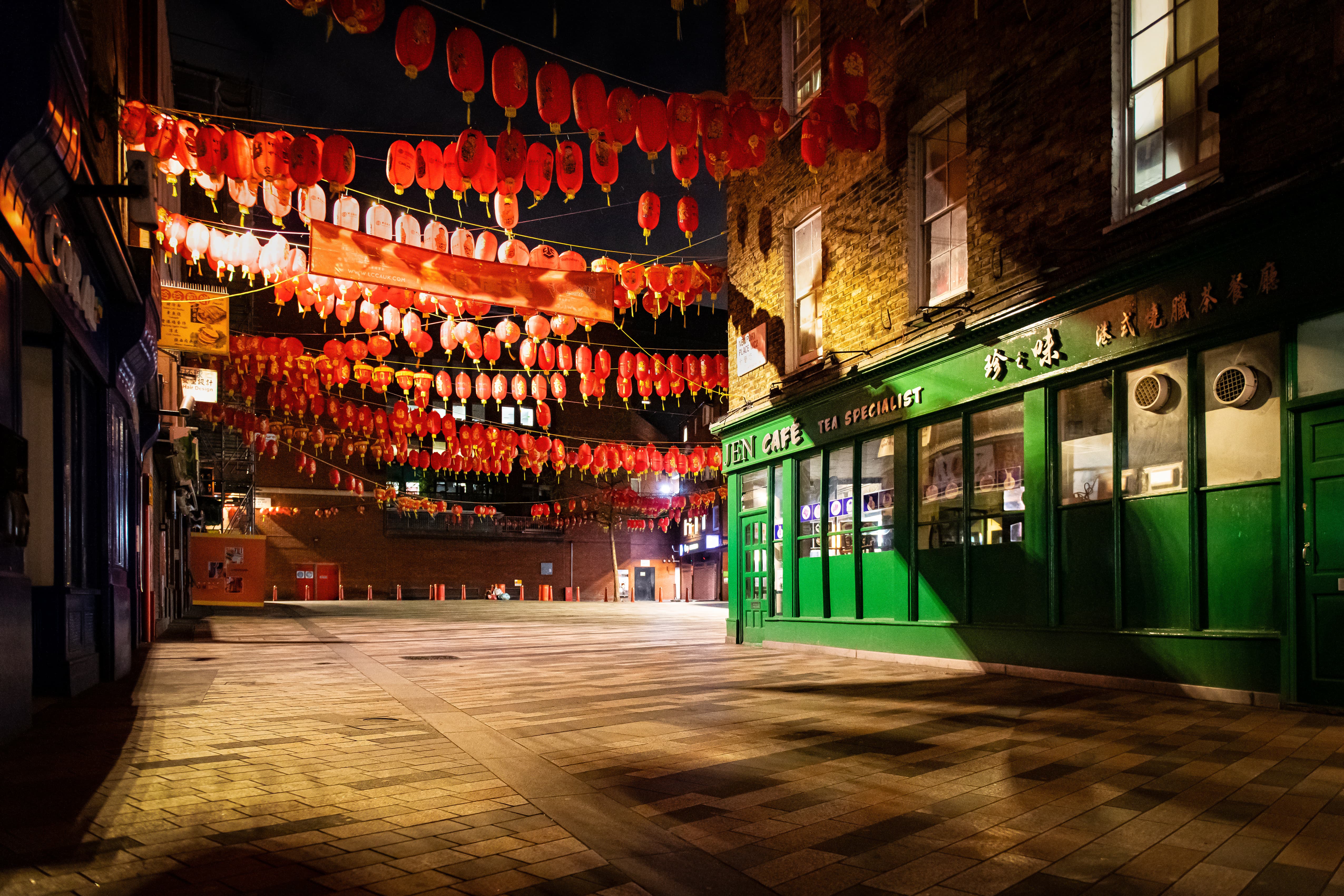
Newport Place, taken Monday, 30 March 2020
At the post-production stage, Jan restricted himself to dodging, burning and sometimes lightening images, but only to the extent that they looked natural. ‘It sounds like a cliché, but I always try to get a result that’s close to what I saw,’ Jan continues. ‘In some pictures I’ve done quite a bit of work to get as much out of the raw files as I can, although I wouldn’t retouch anything out.’ His favourite shot is the image of Camden High Street, made at around 8.30pm on a Saturday evening. ‘In the past it would have been absolutely heaving with people at that time, but all the shutters are down on the shops and it’s so eerie. For me, that picture sums up the whole thing.’
Jan shot the images from late March until the beginning of June, when lockdown was gradually eased, and people began to return. By that time, he had covered a broad range of London locations and knew he had enough images to fulfil his dream of turning the project into a book.
Crowdfunding campaign
Jan decided to fund the book through crowdfunding platform Kickstarter. ‘I have photographer friends who have crowdfunded books successfully in recent years and although I always wanted to do it, I never had a project I thought was strong enough to be successful,’ he says. ‘I thought this would be the project where there could be some interest, so decided to do some research and give it a go.’
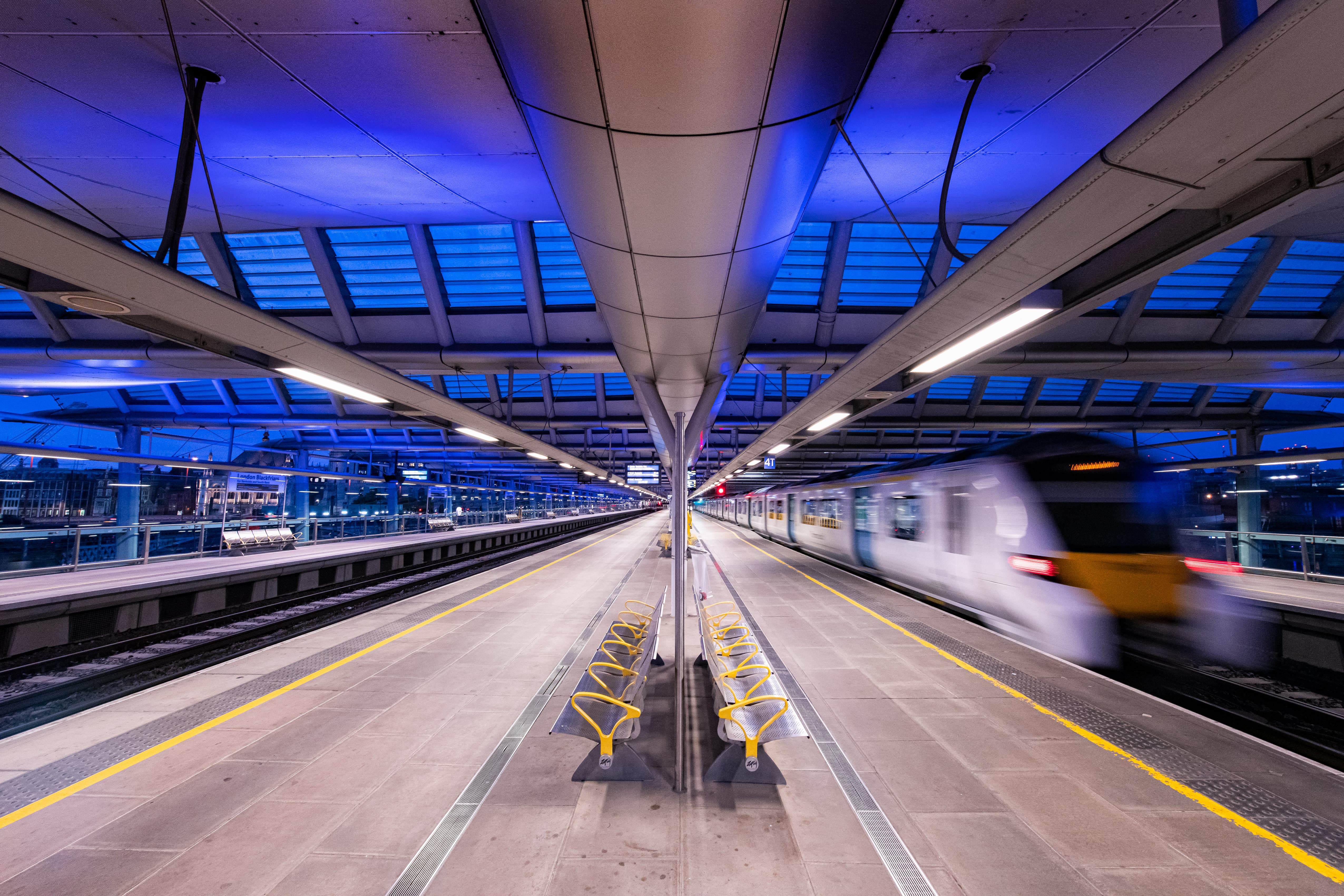
Blackfriars Station, taken Wednesday, 29 April 2020
After carefully preparing and calculating his costs, Jan put together a short promotional video, told all his personal and professional contacts about the campaign and launched it on 27 August, setting a goal of £9,600. He was delighted when he exceeded his target within 48 hours. By the time the one-month deadline was reached, he had over 370 backers pledging a total of more than £22,000. ‘I’m at a point now when I can quite comfortably do the book in the way I want to do it,’ he says. ‘I’ll be able to print many more copies than I originally planned and maybe get some distribution into bookshops. The lockdown period has been quite tough for me in so many ways, so it’s been great
to have this positive thing happen. It’s gone beyond my wildest expectations.’
Jan’s Kickstarter tips
Jan more than doubled his £9,600 book funding target. Although he doesn’t claim to be a Kickstarter expert – this was his first attempt at using the crowdfunding platform – here he offers some tips for others wanting to fund photobooks, based on his experience:
- Make sure you have produced a good set of images on a project that other people will find interesting – it must be a solid piece of work.
- Do your research on what makes an effective campaign and prepare thoroughly. Build your page, share the link with others, get feedback and refine it before you launch.
- Make a video to market your idea. Mine was just a selection of still images with a voice-over and a free soundtrack. It all took a couple of days, but the effort I put in was worthwhile.
- Calculate your costs tightly and ideally keep your target below £10,000. l Use social media accounts, professional networking websites and email to make as many of your contacts as possible aware of your project and of what you are trying to achieve.

Pause. London in Lockdown by Jan Enkelmann, which includes 90 images, is available to order from here, price £35 hardback.


